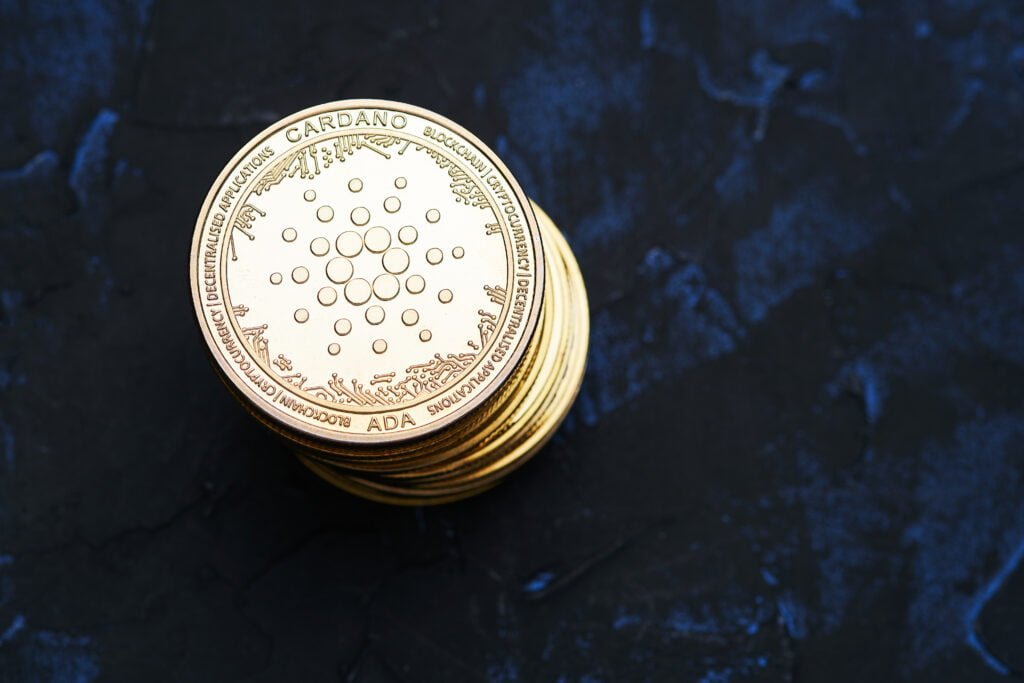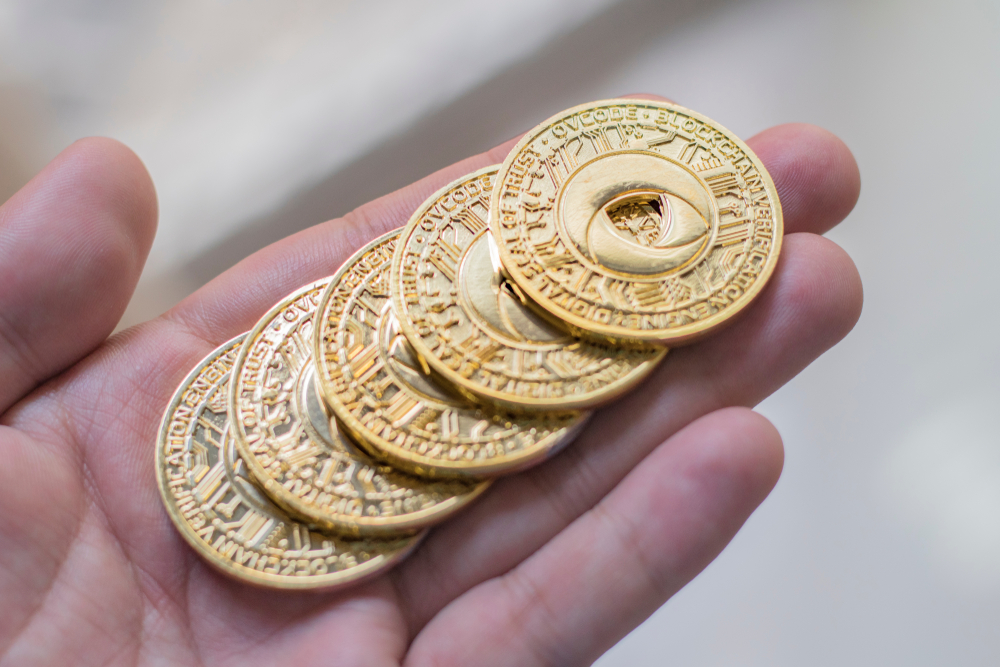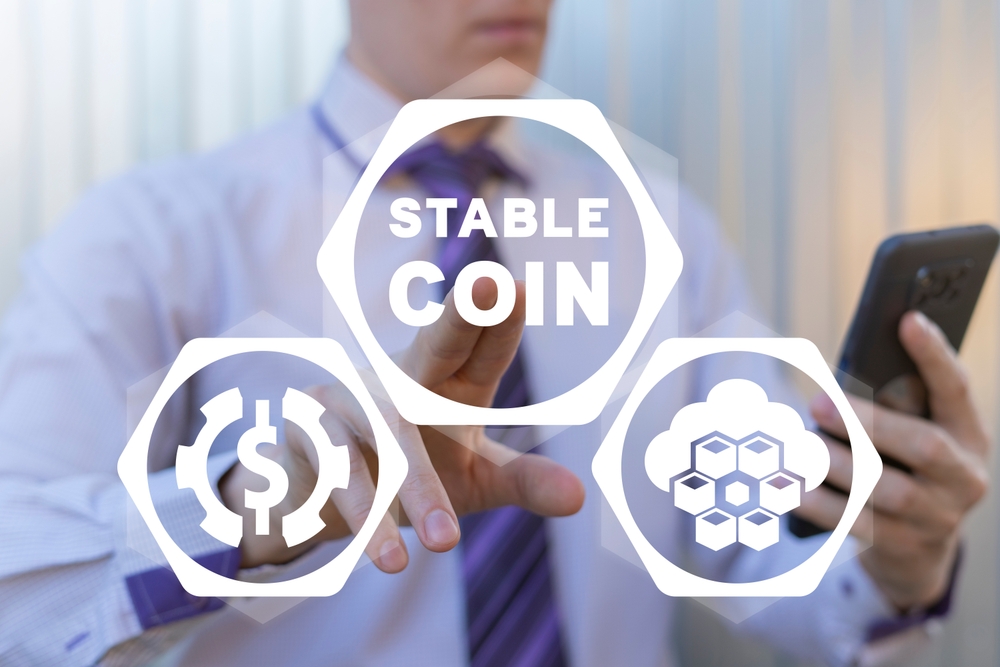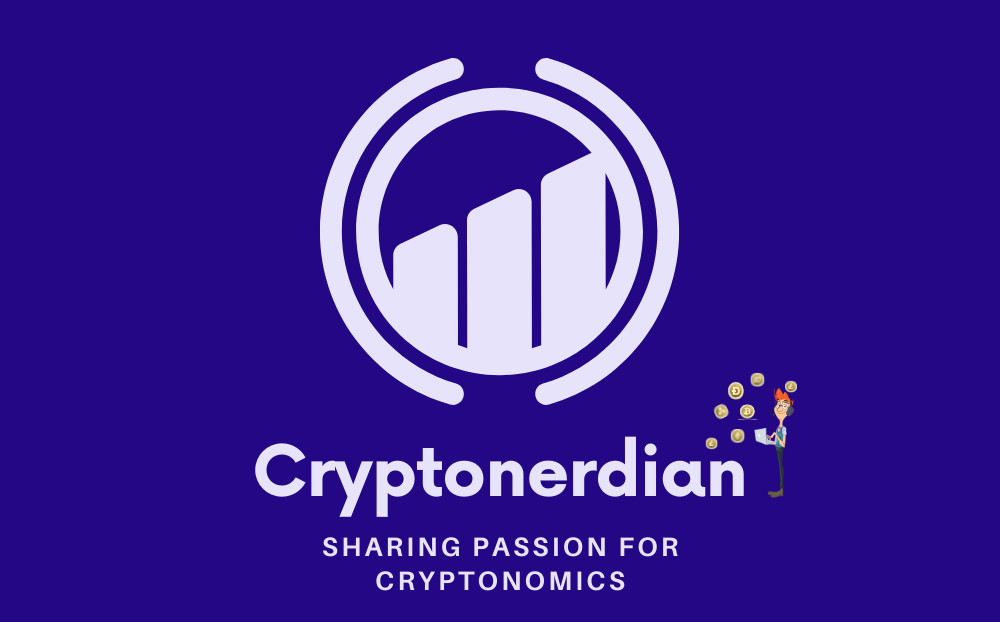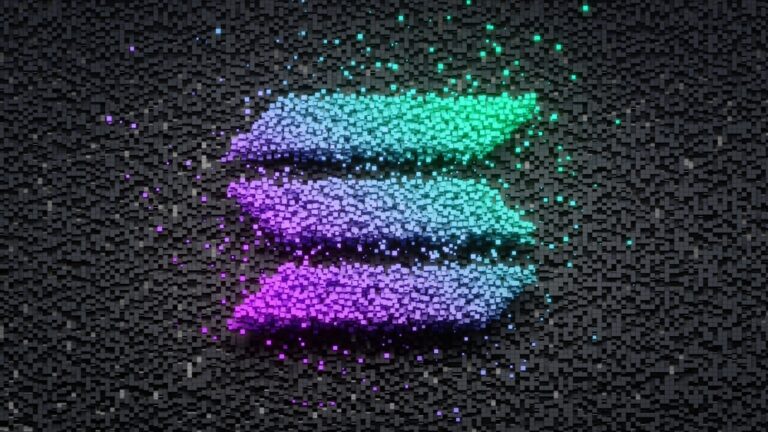Table of Contents
ToggleIntroduction
Cardano is a decentralized, third-generation blockchain platform that aims to provide a scalable, secure, and energy-efficient infrastructure for building decentralized applications (dApps) and executing smart contracts. At the core of Cardano’s security lies the choice of cryptographic schemes, specifically the EdDSA signature scheme, and more precisely, the Ed25519 variant. In this blog post, we will dive deep into the world of EdDSA, examining its functionality, how it works, and its application within the Cardano ecosystem. We will also perform a critical analysis evaluating the use of EdDSA in the context of Cardano and explore other cryptocurrencies that use EdDSA.
EdDSA: Functionality and Overview
EdDSA (Edwards-curve Digital Signature Algorithm) is a modern cryptographic signature scheme based on elliptic curve cryptography (ECC). It offers strong security, fast performance, and small signature and key sizes, making it well-suited for devices with limited computing resources, like embedded systems or IoT devices. Ed25519, the most popular instantiation of EdDSA, uses the Curve25519 elliptic curve, which boasts high security and efficiency. Have also a look at our knowledge base entry
EdDSA in Action: A Simple Example
Here are some sources related to EdDSA, Cardano, and other cryptocurrencies mentioned in the blog post:
Cardano: A comprehensive introduction to the Cardano blockchain, its features, and its objectives. Link: https://cardano.org/
EdDSA: A detailed explanation of the EdDSA signature scheme and its properties. Link: https://tools.ietf.org/html/rfc8032
Monero: Information about Monero’s privacy features, including the use of EdDSA for ring signatures. Link: https://www.getmonero.org/
Tezos: An overview of the Tezos blockchain platform and its use of Ed25519 for public key cryptography and digital signatures. Link: https://tezos.com/
Stellar: A description of the Stellar payment network and its use of Ed25519 for signing and verifying transactions. Link: https://www.stellar.org/
Bernstein, D. J., Duif, N., Lange, T., Schwabe, P., & Yang, B.-Y. (2012). High-speed high-security signatures. Journal of Cryptographic Engineering, 2(2), 77-89. Link: https://link.springer.com/article/10.1007%2Fs13389-012-0027-1
Lange, T. (2013). Elliptic Curve Cryptography (ECC) Explained. YouTube. Link: https://www.youtube.com/watch?v=NF1pwjL9-DE
These sources should provide you with a deeper understanding of EdDSA, Cardano, and other cryptocurrencies that use EdDSA as part of their cryptographic infrastructure. Note that some of these references might require a subscription or purchase to access the full content.
To understand how EdDSA works, let’s walk through a basic example of signing and verifying a message:
- Key generation: Alice generates a key pair, consisting of a private key and a corresponding public key. The public key can be shared with others, while the private key must be kept secret.
- Signing: Alice wants to send a signed message to Bob. She computes a signature using her private key and the message. The signature algorithm uses a combination of hashing and elliptic curve operations to create a unique, verifiable signature for the message.
- Verification: Bob receives Alice’s message and signature. To verify the signature, he uses Alice’s public key, the message, and the signature. The verification algorithm checks whether the signature is valid using elliptic curve operations and hashing. If the signature is valid, Bob can be confident that the message was indeed signed by Alice and has not been tampered with.
EdDSA and Cardano
Cardano uses the Ed25519 elliptic curve for its public key cryptography and digital signatures. The choice of Ed25519 is motivated by its strong security properties, speed, and smaller key and signature sizes compared to other cryptographic schemes. In the context of Cardano, Ed25519 is used for various purposes, such as securing transactions, wallet addresses, and stake delegation. Users’ private keys are used to sign transactions, which ensures that only the legitimate owner of an address can authorize the transfer of funds or other actions.
Critical Analysis: Evaluating EdDSA in Cardano
The use of EdDSA in Cardano offers several advantages:
- Strong security: EdDSA provides strong security properties, including resistance to certain types of attacks, such as side-channel attacks. This helps protect Cardano against potential vulnerabilities and ensures the integrity of the network.
- Performance: EdDSA is faster than many other signature schemes, making it well-suited for a high-performance blockchain like Cardano. Faster signature verification can lead to improved transaction throughput and overall network efficiency.
- Small signature and key sizes: EdDSA signatures and public keys are relatively small, which is beneficial for storage and transmission efficiency. This can result in lower transaction fees and reduced network congestion.
However, there are also some potential disadvantages to consider:
- Less mature than other schemes: While EdDSA is considered secure, it has not been around as long as some other cryptographic schemes, such as ECDSA or RSA. This means there is less real-world experience and fewer long-term studies on its security properties.
- Potential implementation-specific vulnerabilities: As with any cryptographic algorithm, the security of EdDSA depends on the correctness of its implementation. Improper implementation or inadequate testing could introduce vulnerabilities that may be exploited by attackers.
Despite these potential disadvantages, the use of EdDSA within the Cardano ecosystem has been a carefully considered choice, and the advantages appear to outweigh the drawbacks.
How EdDSA Distinguishes Cardano
Cardano’s choice of EdDSA, specifically Ed25519, as its signature scheme sets it apart from many other blockchain platforms. This decision reflects Cardano’s commitment to security, efficiency, and scalability, which are essential elements for a blockchain platform aiming to provide a robust foundation for dApps and smart contracts. The adoption of EdDSA positions Cardano as a forward-thinking platform that embraces modern cryptography to protect its users and maintain the integrity of the network.
Other Cryptocurrencies Using EdDSA
In addition to Cardano, several other cryptocurrencies have adopted the EdDSA signature scheme:
- Monero: A privacy-focused cryptocurrency that uses EdDSA for its ring signatures, a key component of Monero’s privacy-enhancing features.
- Tezos: A decentralized, self-amending blockchain platform that uses Ed25519 for its public key cryptography and digital signatures.
- Stellar: A decentralized, open-source payment network that uses Ed25519 for signing and verifying transactions.
Conclusion
Cardano’s adoption of the EdDSA signature scheme, specifically the Ed25519 variant, demonstrates the platform’s dedication to providing a secure and scalable infrastructure for the development of decentralized applications and the execution of smart contracts. While there are potential drawbacks to using a relatively newer cryptographic scheme, the benefits of strong security, performance, and reduced key and signature sizes make EdDSA a suitable choice for a next-generation blockchain platform like Cardano. Moreover, the increasing adoption of EdDSA by other cryptocurrencies highlights the growing confidence in this modern cryptographic signature scheme.
Sources
Here are some sources related to EdDSA, Cardano, and other cryptocurrencies mentioned in the blog post:
Cardano: A comprehensive introduction to the Cardano blockchain, its features, and its objectives. Link: https://cardano.org/
EdDSA: A detailed explanation of the EdDSA signature scheme and its properties. Link: https://tools.ietf.org/html/rfc8032
Monero: Information about Monero’s privacy features, including the use of EdDSA for ring signatures. Link: https://www.getmonero.org/
Tezos: An overview of the Tezos blockchain platform and its use of Ed25519 for public key cryptography and digital signatures. Link: https://tezos.com/
Stellar: A description of the Stellar payment network and its use of Ed25519 for signing and verifying transactions. Link: https://www.stellar.org/
Bernstein, D. J., Duif, N., Lange, T., Schwabe, P., & Yang, B.-Y. (2012). High-speed high-security signatures. Journal of Cryptographic Engineering, 2(2), 77-89. Link: https://link.springer.com/article/10.1007%2Fs13389-012-0027-1
Lange, T. (2013). Elliptic Curve Cryptography (ECC) Explained. YouTube. Link: https://www.youtube.com/watch?v=NF1pwjL9-DE
These sources should provide you with a deeper understanding of EdDSA, Cardano, and other cryptocurrencies that use EdDSA as part of their cryptographic infrastructure. Note that some of these references might require a subscription or purchase to access the full content.

